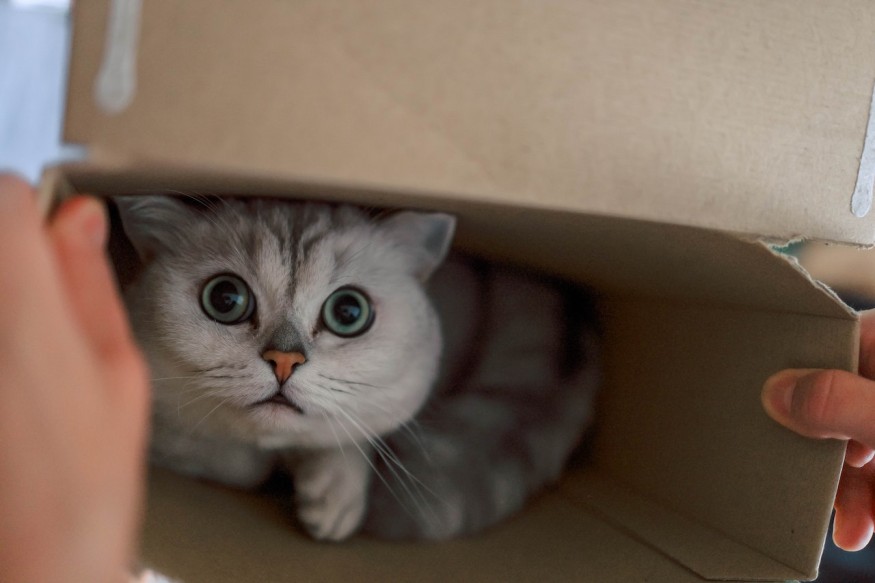Cats have the reputation of being both agile and flexible. No wonder they can squeeze into tight spaces and contort their bodies in impossible ways. This unique ability of cats can be attributed to two main factors: biology and psychology.

Why are Cats So Flexible?
According to veterinarian Uri Burstyn, their spines are the key to cat flexibility. As ambush predators, cats possess a spine that acts like a spring. The flexibility of their spine is due to its contraction and expansion design combined with the powerful muscles around them. This mechanism can be observed when cats reorient themselves when falling.
Other animals, such as snakes, are also flexible but do not seem to have the same fluidity as cats. Another critical factor contributing to cats' flexibility is excessive skin. According to Burstyn, cats have twice as much skin as they need for their body.
Their clavicle or collarbone is another biological factor influencing this unique cat's flexibility. In cats, this bone is not particularly well developed, meaning they are not constricted as much by the broadness of their shoulders as humans are. Instead, they are limited merely to the size of their skulls.
A human contortionist usually dislocates their shoulders to squeeze through a tight space. This is because a human shoulder girdle comprises the collarbones, shoulder blades, or scapulas. The shoulder blades and the collarbones are connected in humans, and the resulting shoulder girdle provides rigid support for the muscles of the arms.
On the other hand, cats do not need to dislocate anything. They have loose shoulder girdles, where the shoulder blades are attached to the rest of the body, not by bones but by muscles. A really skinny cat can squeeze through a hole that is just the size of its head or just a little larger.
Surprisingly, cat's whiskers also help them in squeezing through tight openings. This hair type is twice as thick as the cat's guard hair and is located three times as deep within the skin. According to Nathalie Dowgray, head of the International Society of Feline Medicine, the base of each whisker is packed with nerve endings. They provide cats with a highly sensitive navigational system that delivers much information about their environment, including the judgment about the size of small spaces before they attempt to squeeze through.
READ ALSO : Ever Wonder Why Your Cat Takes Too Many Naps?
Why Do Cats Love Tight Spaces?
Their unique anatomical features help cats squeeze through small openings. But why do cats like to do this?
The ability to fit through tight spaces is an evolutionary advantage when hunting small prey such as mice. Aside from it, this skill also helps them hide and escape from potential predators.
Aside from survival, cats hide in small spaces when they feel frightened or stressed. Hiding in places such as under the bed can help them feel more safe and secure. These spaces also give them privacy whenever they need time out from their environment.
Check out more news and information on Cats in Science Times.
© 2025 ScienceTimes.com All rights reserved. Do not reproduce without permission. The window to the world of Science Times.











